Affiliate links on Android Authority may earn us a commission. Learn more.
Google Pixel 4 buyer’s guide: Everything you need to know
The Google Pixel 4 and 4 XL have plenty to offer, including great performance, fantastic cameras, and a terrific build quality. But they also fall short in many areas that are important to a lot of consumers, with battery life being at the top of the list.
To help you figure out whether or not you should buy the Pixel 4 or 4 XL, we prepared this buyer’s guide that brings together all the best resources on Google’s flagships. We’ll take a look at what reviewers and users think of the two handsets, how well the cameras perform, what the best alternative handsets are, and much more. Let’s get started.
Editor’s note: This Pixel 4 buyer’s guide is current as of August 2021. We will update it with new content regularly.
Google Pixel 4 and 4 XL at a glance
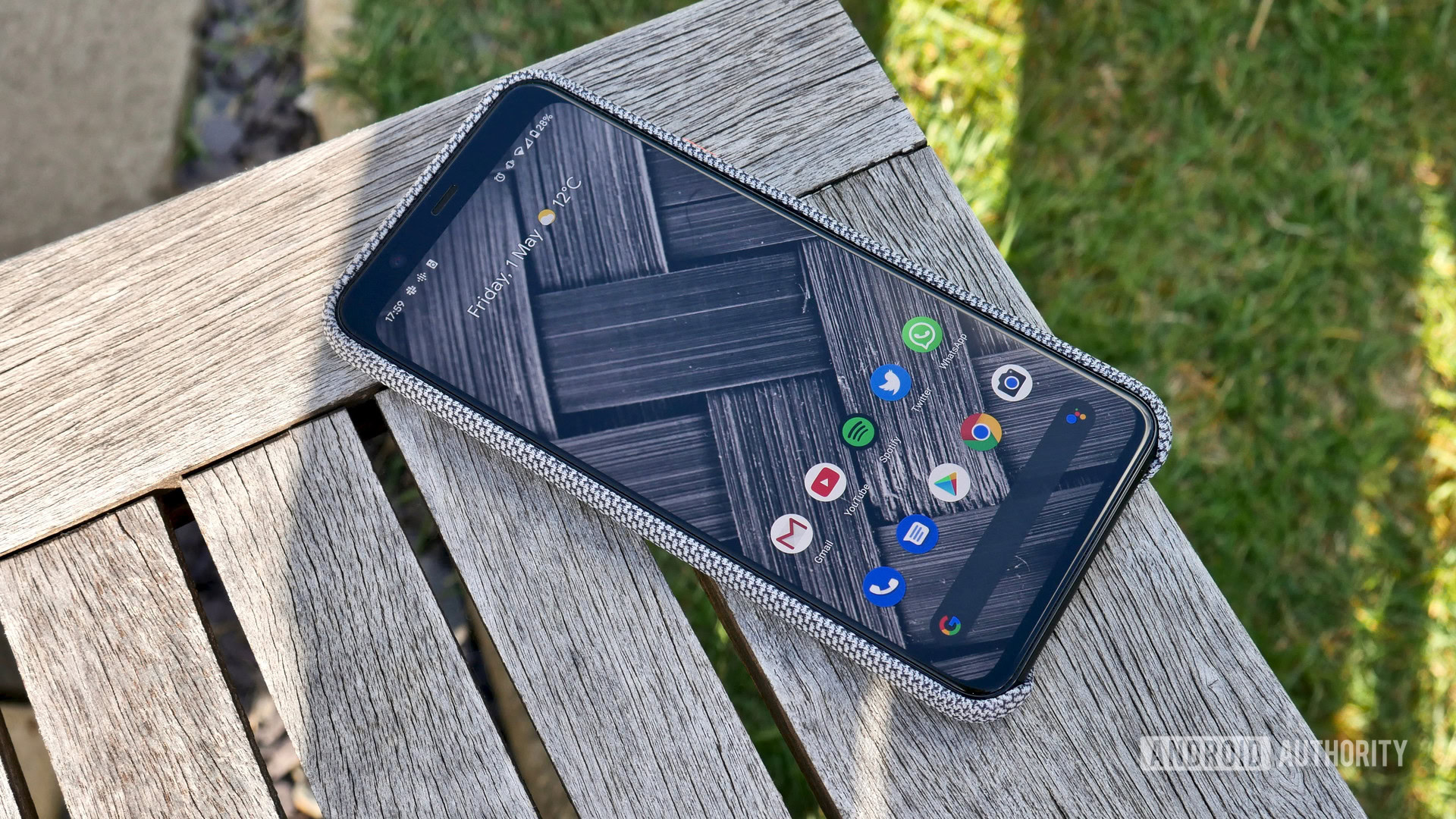
Google took the wraps off the Pixel 4 phones at its Made By Google event on October 15, 2019, in New York City. Both models went up for pre-order the same day, with sales officially kicking off on October 24. Its successor, the Google Pixel 5, was announced on September 30, 2020.
Learn more: Google Pixel 5 vs Pixel 4: Should you upgrade?
As you can tell by its name, the Pixel 4 XL (launch price: $899) is the larger of the two phones. It comes with a 6.3-inch QHD+ display, a 3,700mAh battery, and 64GB of base storage. You’ll find the Snapdragon 855 chipset under the hood along with 6GB of RAM. The phone also sports two rear cameras, an IP68 rating, and wireless charging. It even has a Soli radar up front that lets you do things like skip tracks, snooze alarms, and silence calls with swiping gestures above the device — without touching it.
The smaller Pixel 4 (launch price: $799) is similar to the XL model in many ways. It has the same chipset, memory configurations, cameras, and waterproof rating, among other things. But it does come with a smaller 5.7-inch display sporting a lower Full HD+ resolution. It also has a smaller battery, coming in at 2,800mAh.
Are the Google Pixel 4 phones worth buying
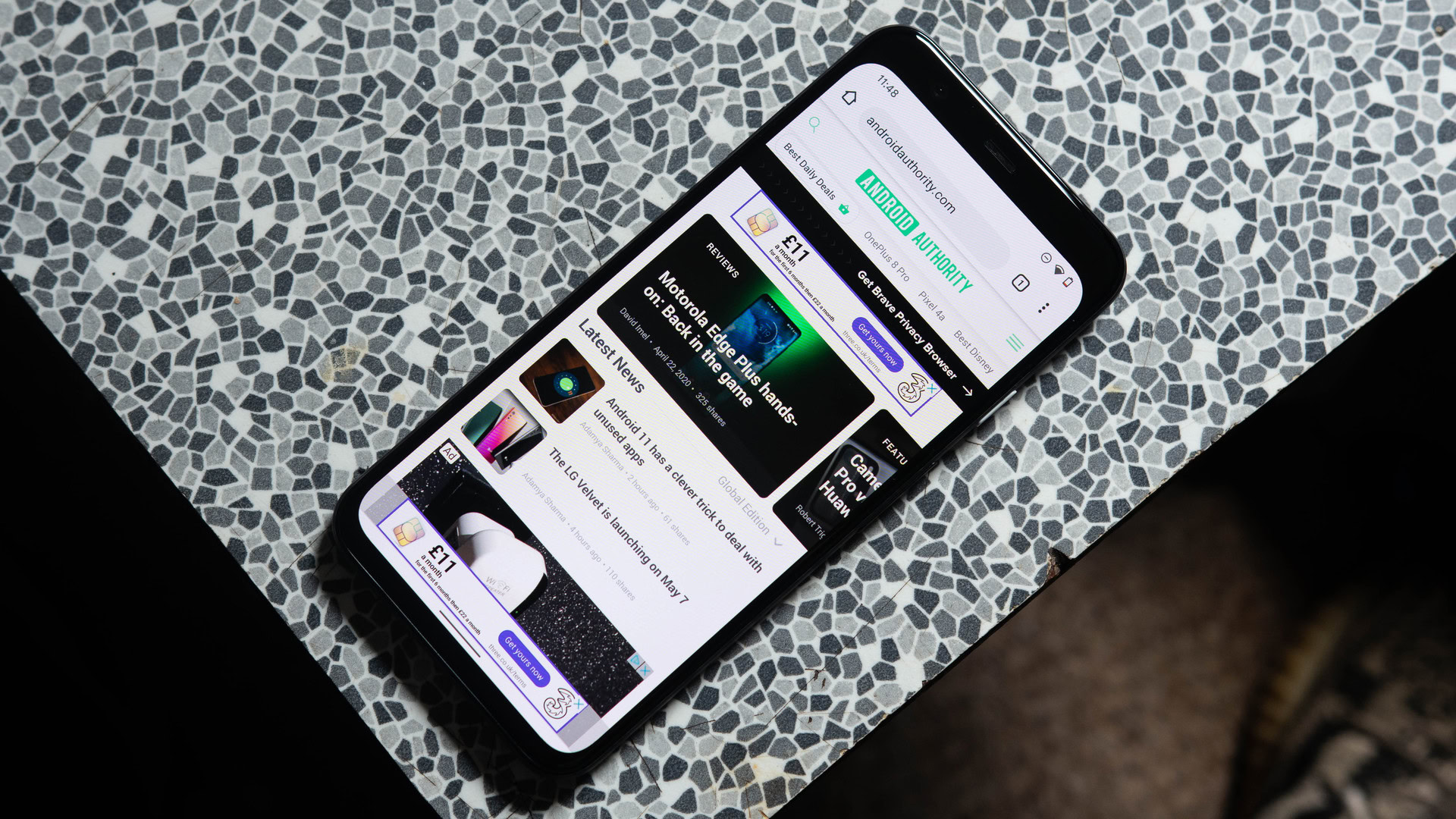
The Pixel 4 series is a mixed bag and is definitely not for everyone. The simplest way to put it is that the two phones feel like they are designed for Google engineers rather than average consumers.
They have poor battery life, which is one of their biggest drawbacks. The Pixel 4 XL is the better of the two options in this regard, but it’s still far from great compared to the competition. The phones only have two cameras on the back instead of three or more you get with the competition. There’s no wide-angle lens on board, as Google thinks the 2x telephoto lens the phones sport is much more useful. We tend to disagree.
You also don’t get a lot of base storage at just 64GB, and you have to pay a whopping $100 to upgrade to a 128GB model. There’s 6GB of RAM available, which is enough for now, but that may change a few years down the line. Also, a lot of rivals offer at least 8GB of base RAM.
However, there’s still a lot of good things to say about the Pixel 4 and 4 XL. The cameras are arguably the best ones you can get on any smartphone at the moment. They take fantastic photos, especially in low-light situations. You can also capture images of the stars thanks to the innovative ASTRO mode.
In addition to the cameras, the phones also have great software. Sure, stock Android isn’t as feature-packed as custom skins like OxygenOS or One UI, but it offers a clean, bloat-free experience. The bigger advantage is that the handsets will be among the first to get updated to the latest versions of Google’s OS when they are released. With Samsung, LG, and other phones, you have to wait for months and months to experience the latest Android.
Other advantages of the Pixel 4 series include a fantastic build quality, great displays, and a simple yet attractive design, although this depends on personal preference.
So, are the Pixel 4 phones worth buying? Yes and no. If you’re looking for a phone with stock Android that can take great images, especially at night, the Pixel 4 or 4 XL is worth considering. But if you care about things like battery life, need a wide-angle lens, want loads of RAM, or just want to get a lot of value for your money, you may have to look somewhere else.
What experts think of the Pixel 4 phones
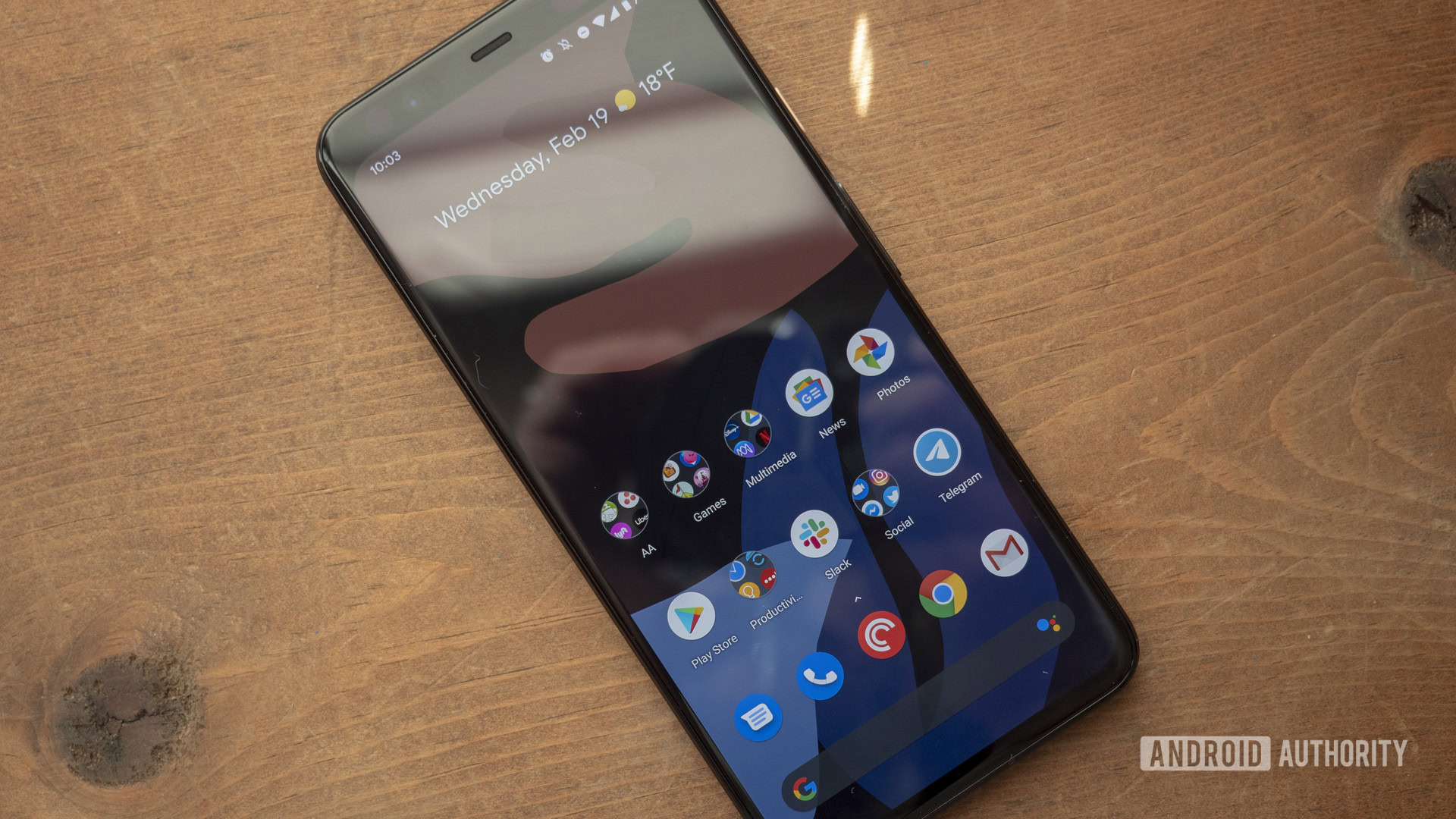
Our very own Kris Carlon and David Imel reviewed the Pixel 4 phones, and they both had a kind of love-hate relationship with the flagships.
Their overall opinion is that Google Pixel 4 and Pixel 4 XL are great phones in several respects, but they misfire far more often than they should at this price point. The major problems are the battery life as well as reliability of the phone’s new hardware features. For example, the Soli radar that lets you control certain aspects of the phone with swiping gestures without touching it didn’t work most of the time on the Pixel 4 XL. It was a lot more reliable on the smaller Pixel 4, though, so the XL model we had might have been defective.
The Pixel 4 has the best camera you can get on a smartphone.
David and Kris both agreed that the Pixel 4 has the best camera you can get on a phone, although the gap between Google’s flagships and rivals isn’t as big anymore as it was in previous years. They would prefer a wide-angle camera on the devices instead of a telephoto lens, although both would be better.
In addition to the cameras, our reviewers loved the software experience and praised the displays, performance, and build quality. However, they didn’t think the phones offer great value for money.
What other reviewers from around the web think

To give you the best overview of Google’s flagship phones, we looked at what reviewers from other publications had to say about them.
- Tech Radar’s James Peckham said the Pixel 4 and 4 XL are a great option for those looking for the best camera phone out there. However, you may be disappointed if you’re looking for an all-round feature-packed phone. There’s no fingerprint scanner, the battery life is poor, and Motion Sense leaves a bit to be desired. However, the 90Hz displays are great, as is the performance of the two phones.
- The Verge’s Dieter Bohn thinks the Pixel 4 is a joy to use. The overall experience is a lot better than what you get with any other Android phone. The cameras are great, face unlock is fast and useful, and the display is very smooth thanks to its 90Hz refresh rate. However, the phone still have a few drawbacks. Dieter mentioned the disappointing battery life as well as the lack of an ultra-wide camera.
- Cnet’s Lynn La said what we’ve already heard from most other reviewers. She thinks the Pixel 4’s cameras take brilliant photos, that the 90Hz refresh rate displays are great to use, and that the face unlock feature works really fast. However, she also mentioned the poor battery life, the lack of expandable storage, and the fact that the phones don’t come with any earbuds. Pricing is also a concern for her given the fact that a lot of rival phones come in cheaper.
What people like you think of the Pixel 4 phones
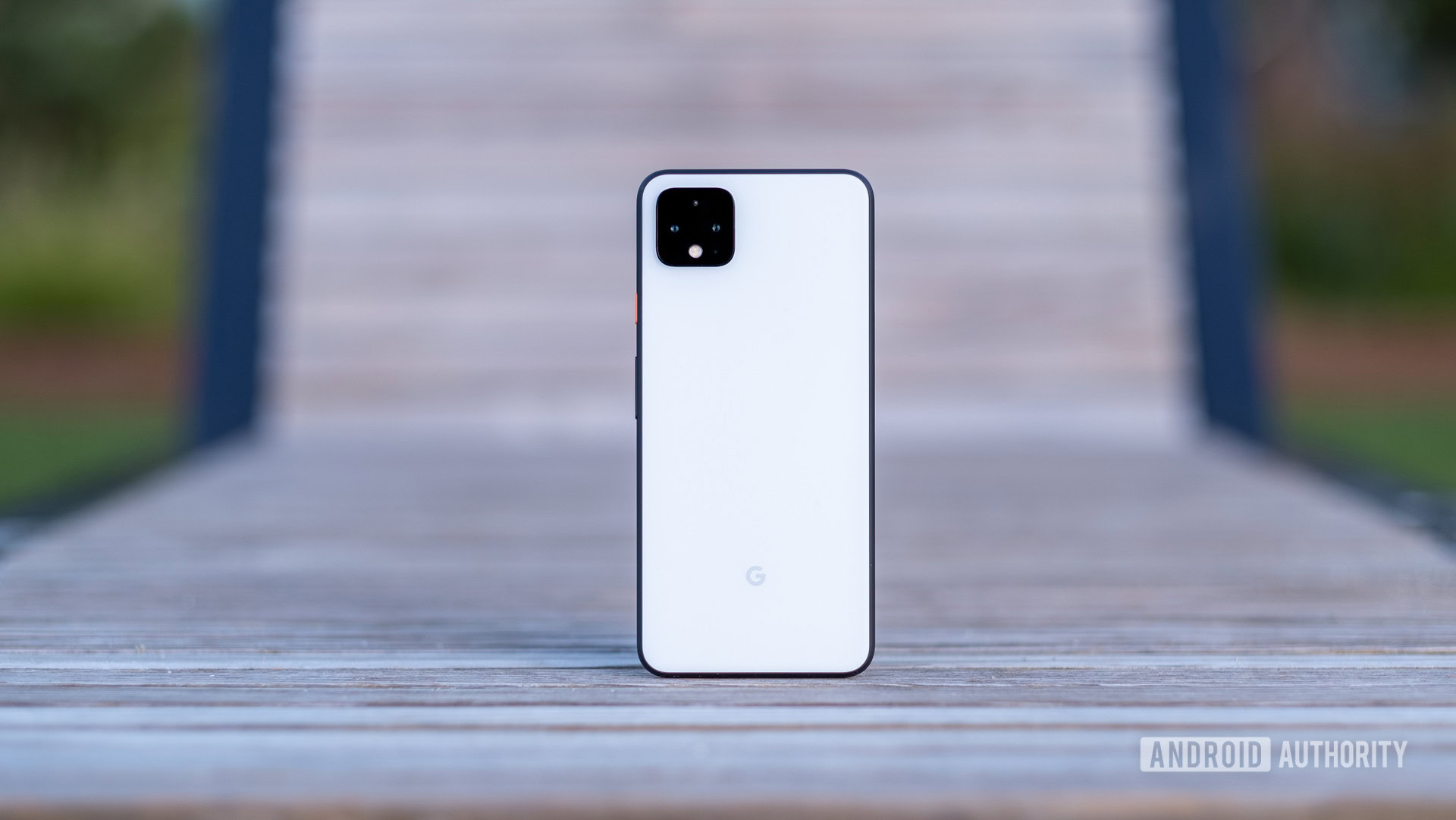
We ran a few polls on our website since the Pixel 4 announcement that give us an insight into what users think of the devices.
The first one was published back in October of 2019, just a few days after the phones made their debut. We asked our readers whether they were planning on buying the Pixel 4, Pixel 4 XL, or neither of the two. The result? Around 35% of participants said they won’t be buying a Pixel 4 phone, while 24% said they’ll wait for reviews before making their decision. Out of those who said they will buy a Pixel 4 phone, more of them were interested in the XL model. You can check out the exact stats in the chart below.
We ran a second poll in June of 2020, asking readers if the Pixel 4 is a good buy after being on the market for six months. Surprisingly, around 65% of participants said yes, while roughly 35% of them felt like the Pixel 4 is a bad purchase. Looking at the comments, we quickly figured out that people who responded yes to the question did so because the Pixel 4 and 4 XL were discounted, meaning that the price was a major reason as to why consumers responded negatively to the phones in our first survey.
How good are the cameras on the Pixel 4 phones
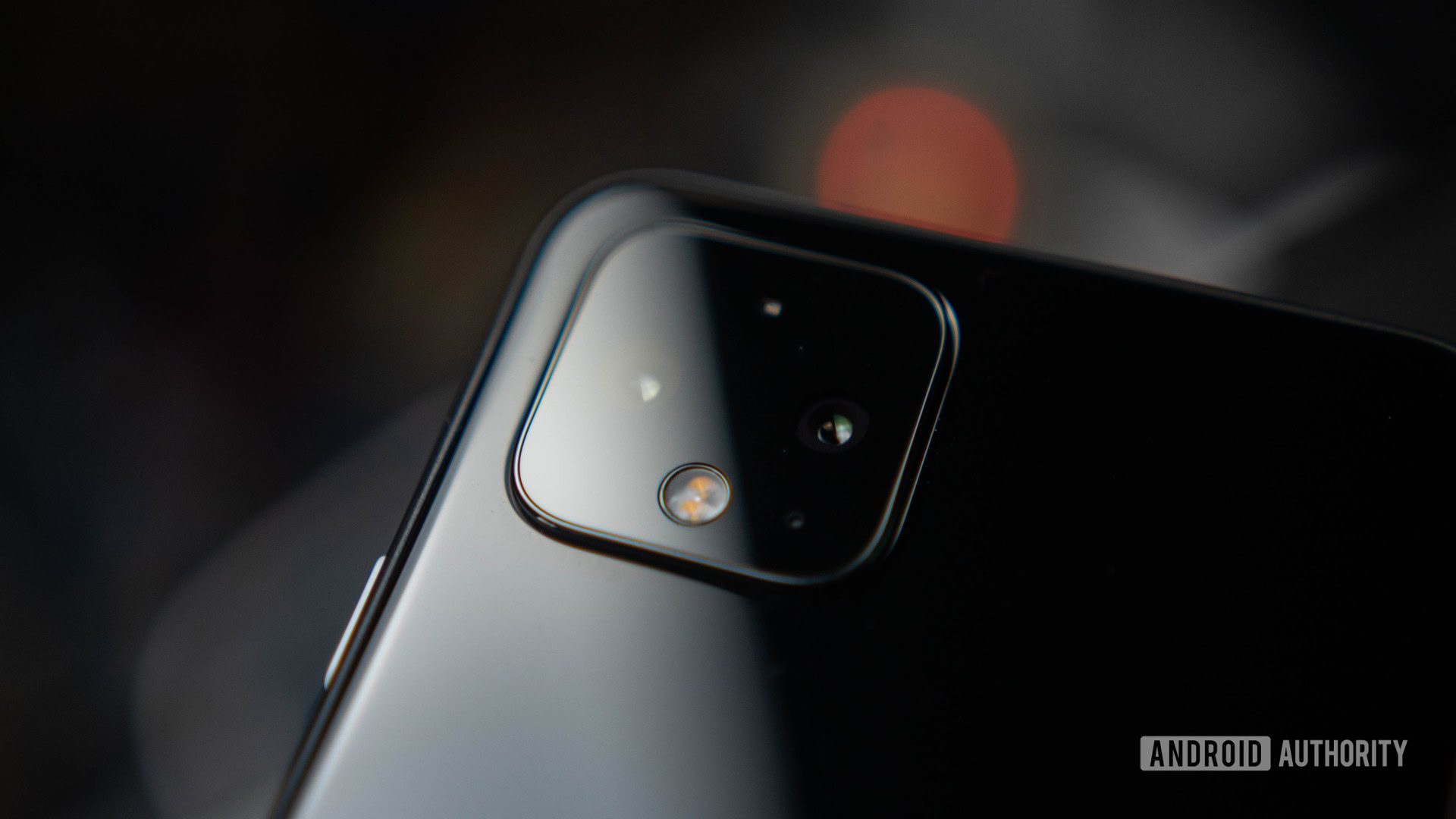
They are good. Really good. As already mentioned a few times in this article, the Pixel 4 and 4 XL are among the best camera phones you can get at the moment.
Both phones sport the same camera setup. You get a main 12.2MP sensor with an ƒ/1.7 aperture and a secondary 16MP telephoto sensor offering 2x optical zoom. Unfortunately, there’s no wide-angle lens on board, which is something that most phones in this price range have.
Not having a third lens on board means the Pixel 4 doesn’t give you as much versatility as something like the Galaxy S21 Plus, for example, but the good news is that the images do come out great. Check out the samples below to see for yourself.
Compared to its predecessor, the Pixel 4 manages to capture more detail, handles white balance even better thanks to a machine learning-based algorithm, and improves on HDR, portrait mode, and selfies. It performs great in low-light situations and can even capture fantastic images of the stars thanks to Google’s ASTRO mode.
Overall, most people will be more than happy with the cameras on the Pixel 4 phones, regardless of whether they are taking images at night or when there’s plenty of light available. But in case you want to check out in detail how the Pixel 4 compares to rivals when it comes to photography, check out the camera shootouts below:
Do the Pixel 4 phones have good battery life
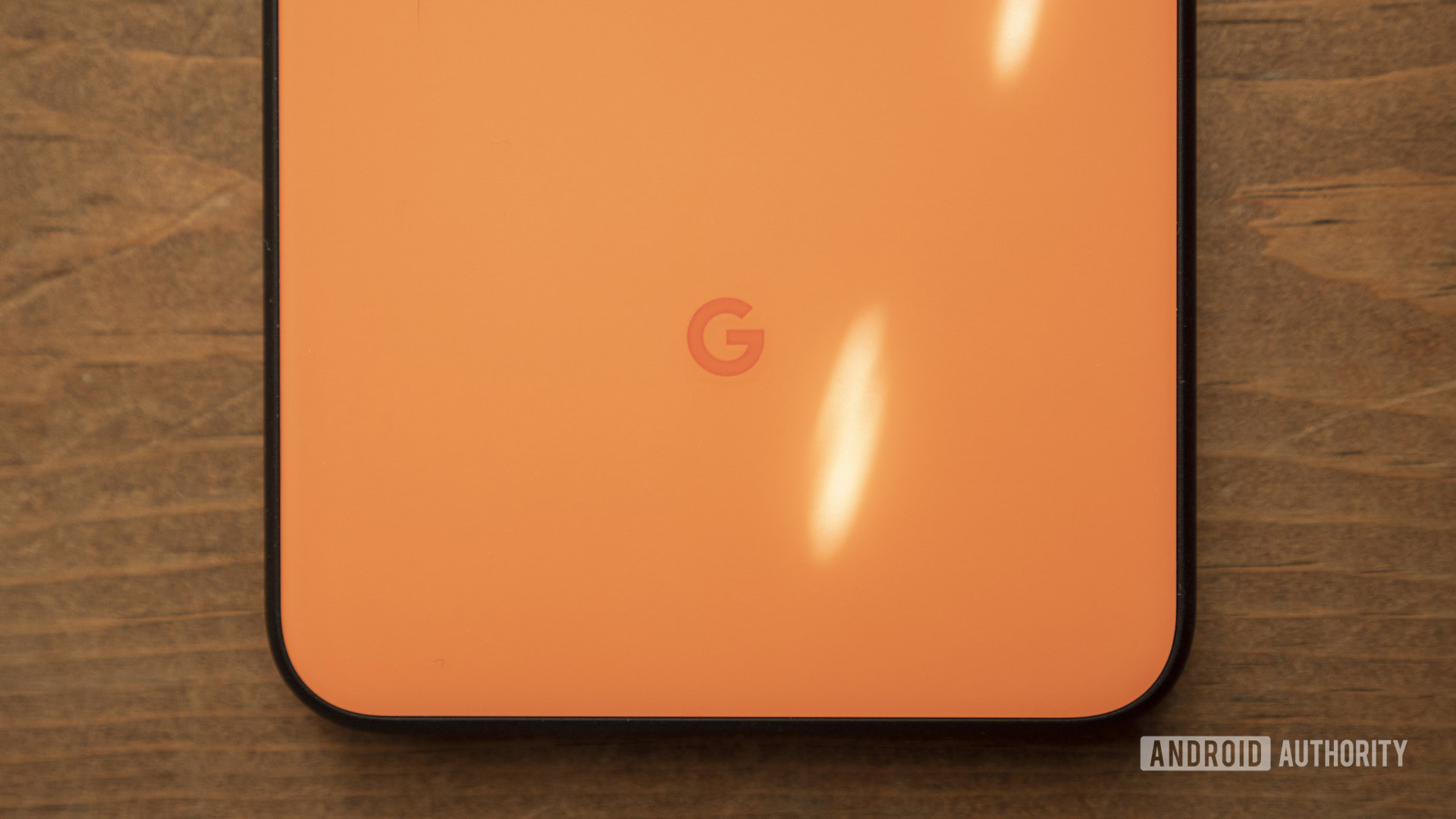
The battery life is likely the biggest drawback of the Pixel 4 and 4 XL. The smaller model comes with a 2,800mAh battery, while the XL variant packs a 3,700mAh cell. That’s not a lot. For comparison, the Galaxy S20 Plus that’s roughly the same size as the Pixel 4 XL has a 4,500mAh battery.
In our testing, the Pixel 4 managed around four and a quarter hours of screen-on time, while the XL model was a bit better with its screen-on time of between five and a quarter to five and a half hours. That’s average at best and not what you would expect from flagship phones with flagship prices.
Another problem is that both phones support just 18-watt charging. Considering other manufacturers have 25W, 30W, 40W, 50W, and even 65W fast chargers, Google is once again lagging behind. Both phones do support wireless charging (10-watt), though, but there’s no reverse wireless charging available.
So if battery life is number one on your list of smartphone priorities, the Pixel 4 and 4 XL aren’t your best options.
Competition and alternatives
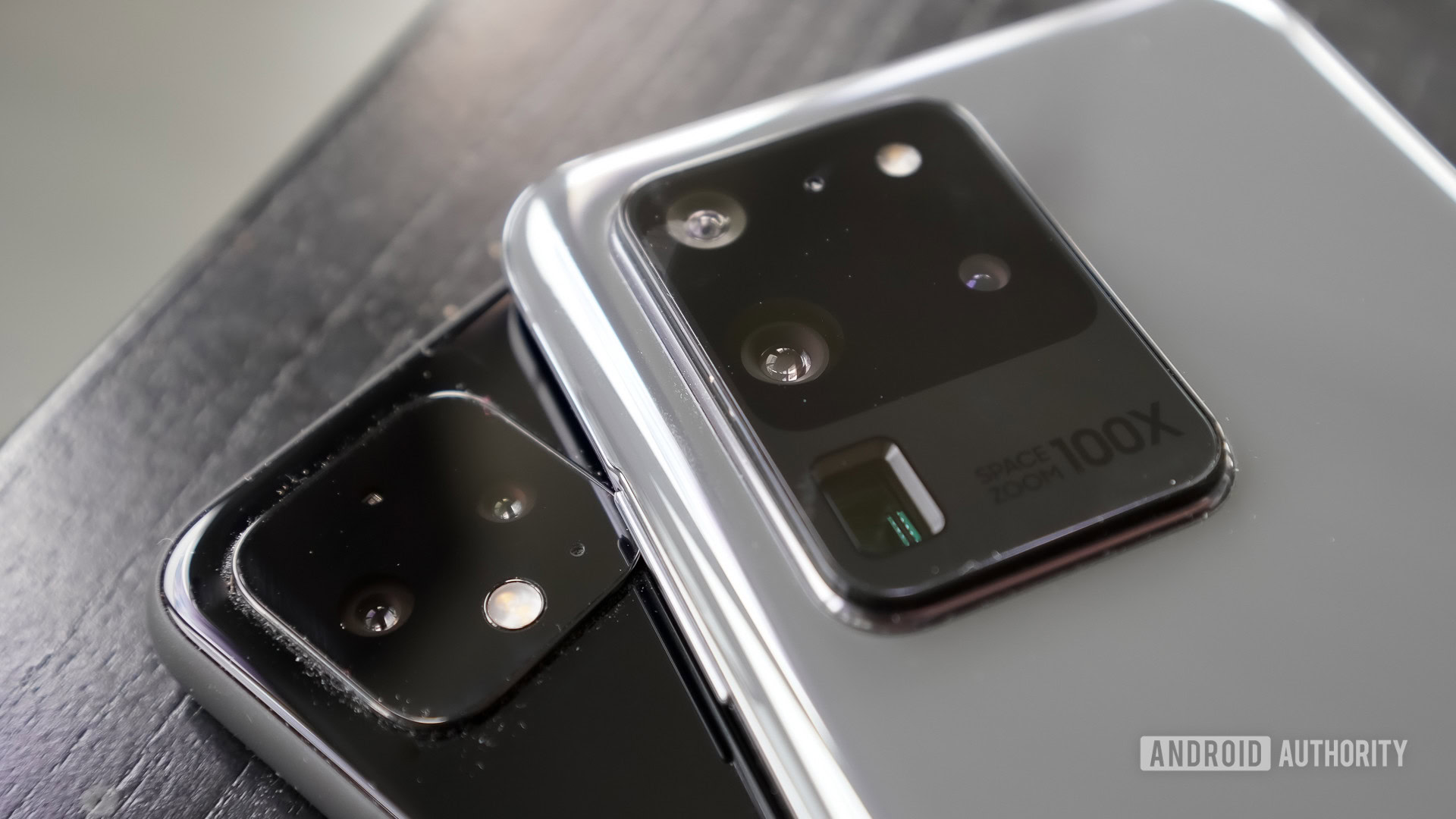
There are plenty of great alternatives to the Pixel 4 phones available. Which one is best for you depends on your wants and needs.
The first phones to consider are the Galaxy S20, S20 Plus, and S20 Ultra. You’re getting a more feature-packed software experience, although with a considerable amount of bloat. You’ll also have to wait longer for updates. But the performance is there thanks to the latest Snapdragon 865/Exynos 990 chipset and as much as 16GB of RAM. You also get 5G support, a 120Hz display instead of the Pixel 4’s 90Hz, a bigger battery, and an in-display fingerprint scanner. Their cameras may be just slightly worse overall, but you get more versatility on all three models because of the included wide-angle lens.
Then there’s the newer Galaxy S21 series, which consists of the S21, S21 Plus, and S21 Ultra. These three devices are even cheaper than their predecessors.
The LG V60 is also a great Pixel 4 alternative for many reasons. It’s one of the few flagships that still sports a headphone jack, and it also comes with a Quad DAC for a better audio experience with the right headphones. The phone can also be paired with a secondary display that attaches to the phone for more screen real estate.
The OnePlus 8 series is worth considering as well. OnePlus’s OxygenOS is close to stock Android in terms of look and feel, but it has more features on board. The two phones are 5G ready, retain the signature Alert slider on the side, and come with cameras most people will be pleased with. They aren’t as affordable as previous OnePlus phones, but they do offer better value for money than the Pixel 4 and 4 XL. Then there’s the newer OnePlus 9 series, which offers even more but comes at a premium.
If you love stock Android and the Pixel camera but hate the high price tag of the Pixel 4 series, the Pixel 5, Pixel 5a, or even the older Pixel 4a lineups might be good options. Neither features a flagship processor, but with the Pixel 5’s Snapdragon 765G you might not be able to tell the difference. The budget Pixel 4a brings the best of the series at a lower price point, although you’ll have to pay a bit more for the Pixel 4a 5G if you want 5G capabilities.
Known Google Pixel 4 issues
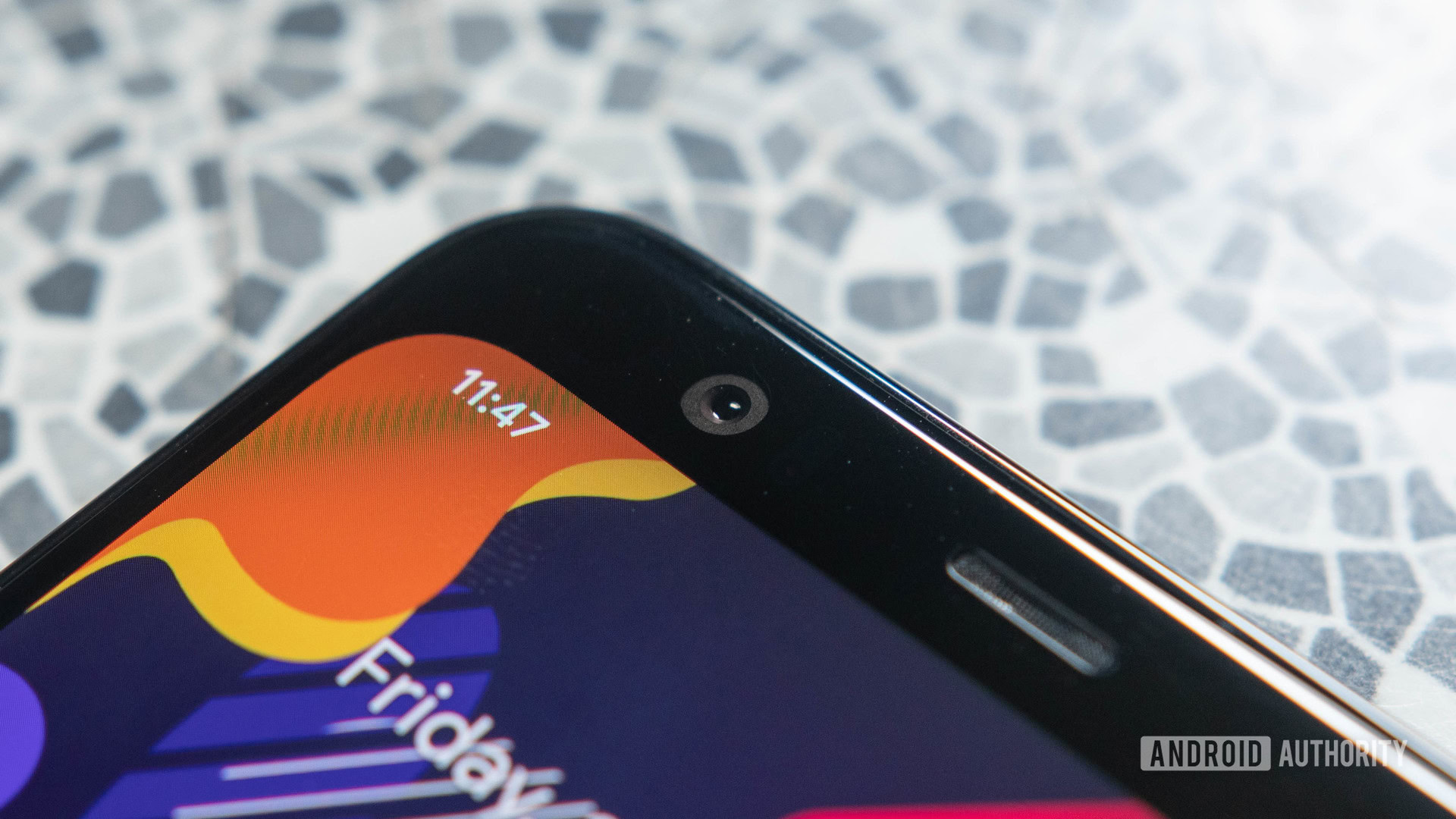
Just like most phones, the Pixel 4 and 4 XL suffer from a few issues. There aren’t a lot of them and they don’t affect a large number of Pixel users, but they are still worth mentioning.
The biggest problem with the Pixel phones has to do with their displays, as was the case in previous years. Some users reported seeing grey and pink splotches on dark and black backgrounds. No software update can fix this, so if you come across this issue, you’ll have to get the phone replaced.
Several users had issues with the sensors on the Pixel 4 as well. They randomly stopped working, which directly affected features like auto-rotate, Active Edge, tap to wake, and more. Google is aware of the issue and has released a software update back in March, which appeared to have fixed it for some users but not for all of them.
Quite a few people also had problems with the face unlock feature, which stopped working altogether. This is especially troublesome considering that there’s no fingerprint scanner on board that can be used to unlock the phone instead. Users had to revert to a PIN code in these cases, which is not something you expect to do on an expensive flagship. A lot of users were able to solve the issue by going through the setup procedure for face unlock once again or by factory resetting their device. It’s less than ideal, but it may be necessary for some.
We’ve also come across a few other smaller problems that are relatively easy to fix. For example, some users weren’t able to summon Assistant using the “OK Google” hotword, which was caused by the phone’s built-in battery optimization. A few Pixel owners had trouble using wired headphones with their device, which was most likely caused by compatibility issues with third-party USB-C to 3.5mm adapters. There were also a few issues with Visual Voicemail, WPA3, and the microphone, all of which you can check out in detail in our post here.
Google Pixel 4 software updates
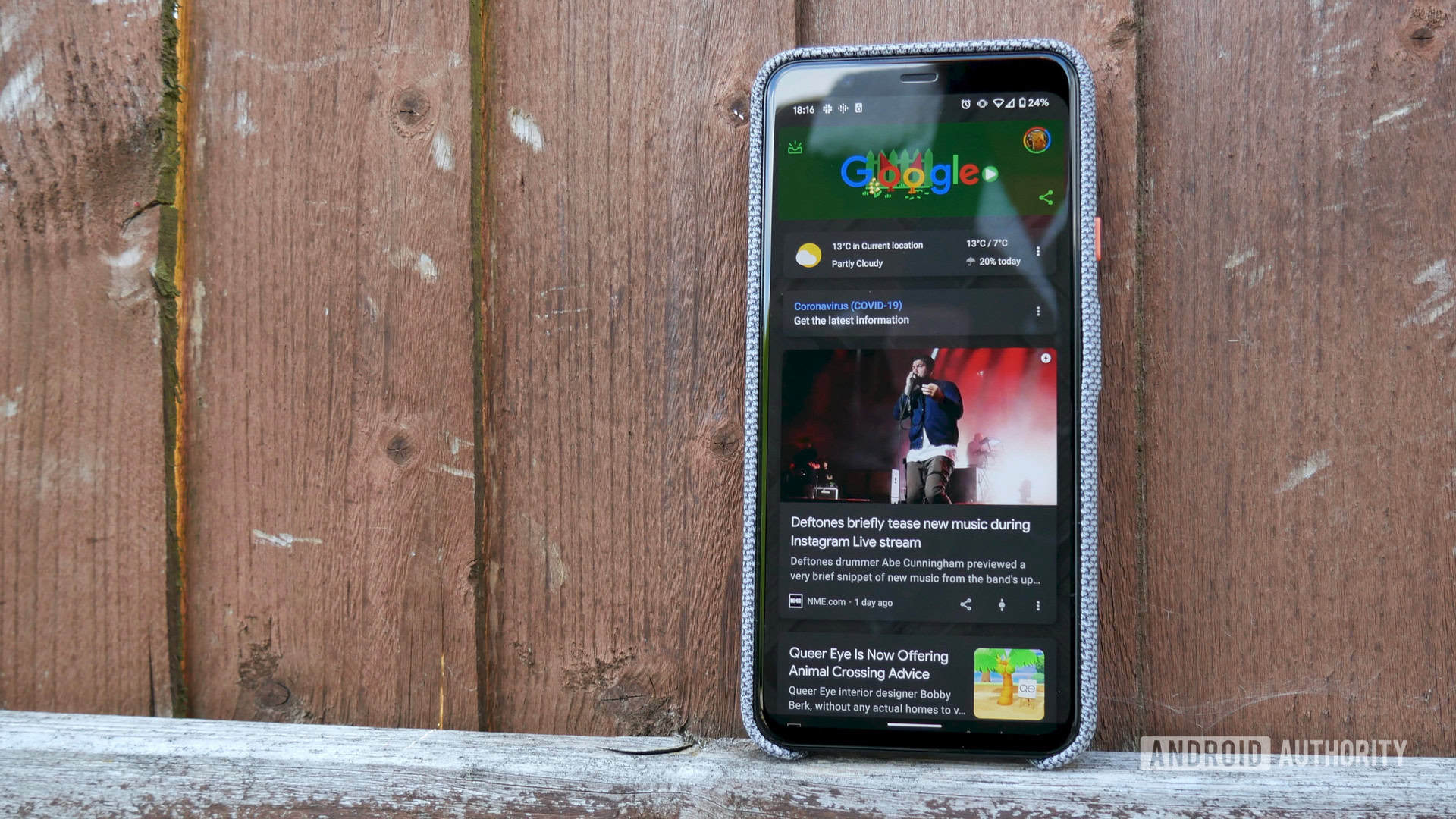
This is where the Pixel 4 phones shine. The two handsets are guaranteed to get Android as well as security updates until October 2022. Both shipped with Android 10 on board and are therefore guaranteed to get Android 11, Android 12, and Android 13. Best of all, these Android versions will hit the devices on the day they are released, as opposed to other phones from brands like Samsung and LG that usually get Android updates months and months down the line.
Google has already released several updates for the Pixel 4 phones since their launch. Some of them fixed a few bugs and other issues mentioned in the previous section, while others added a new feature or two to the handsets. We won’t go over every single update in this post. If you want to learn more about them, check out our dedicated post about Google Pixel 4 software updates at the link.
Pixel 4 cases and accessories
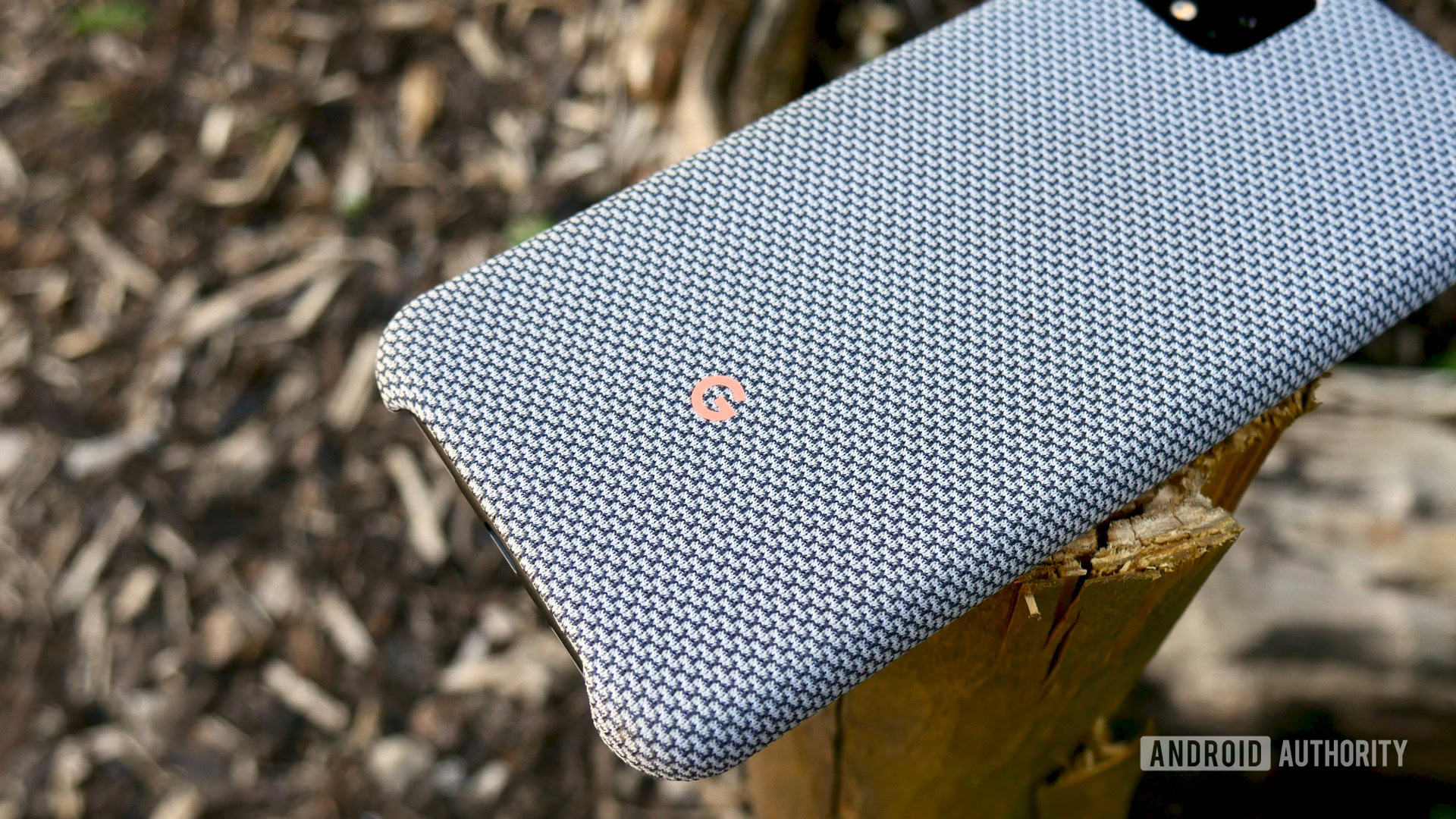
The Pixel 4 and 4 XL are expensive, so trying to protect them from bumps and bruises is a great idea. The best way to do it is to get a case along with a screen protector for your flagship device. You can check out our roundup of the best ones below.
- The best Google Pixel 4 XL cases you can buy
- The best Google Pixel 4 cases you can buy
- The best cheap Pixel 4 XL cases
As far as accessories go, there are plenty of them to choose from. The Pixel Buds are a great choice for listening to music and other audio files, but they aren’t cheap. If you want to use your current wired pair of headphones with the device, getting Google’s USB-C to 3.5mm adapter is a must.
The Pixel 4 and 4 XL support wireless charging, but a charging pad isn’t included with the phones. There are a lot of them available, but we recommend getting the Google Pixel Stand. And since the batteries of the phones are rather small, a portable power bank is something to consider. You can check out a list of the best ones we recommend here.
Top Pixel 4-related questions and answers
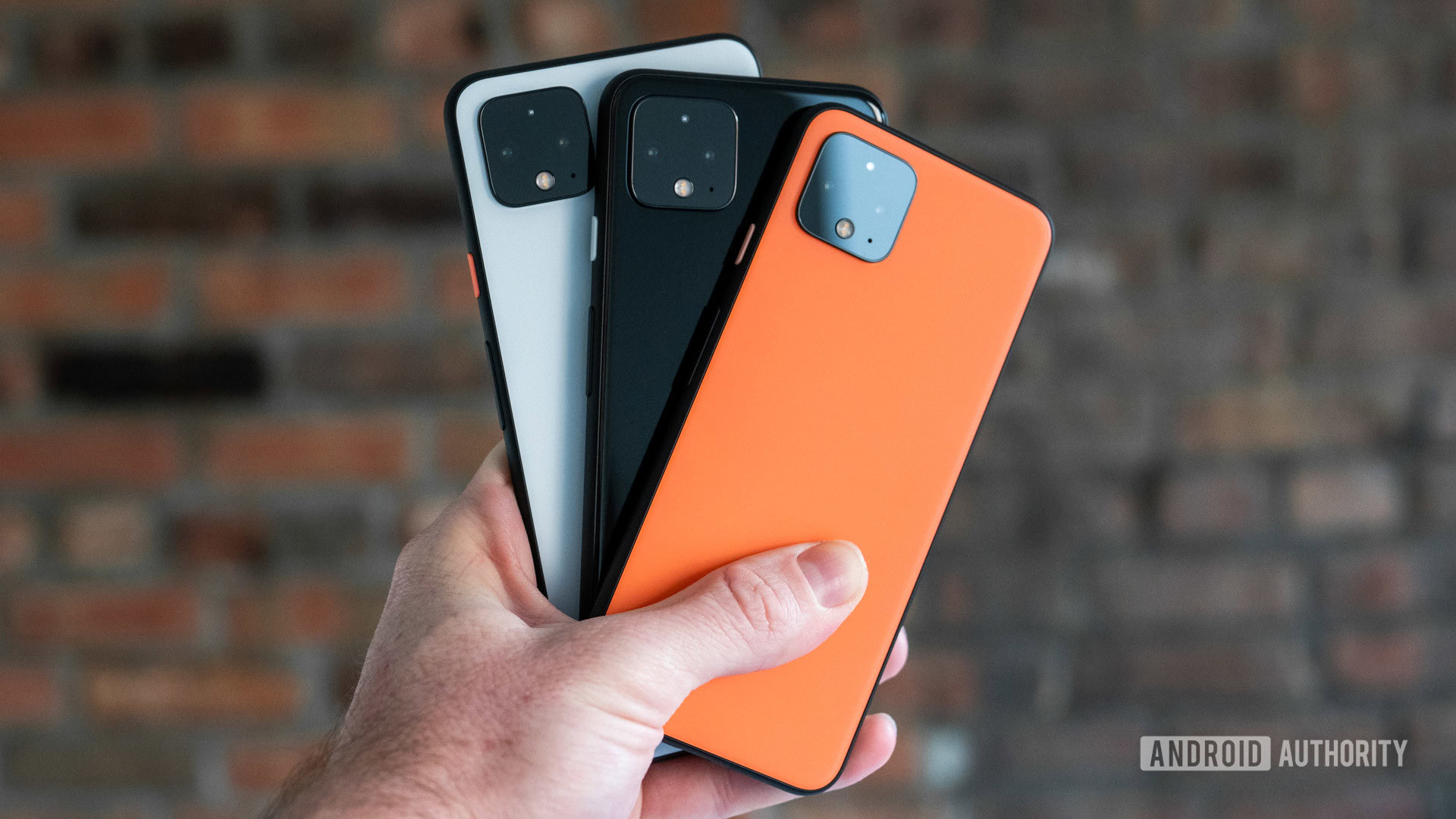
Q: What’s the difference between the Pixel 4 and 4 XL?
A: The main differences are the display and battery sizes as well as the display resolution. The XL model has a 6.3-inch QHD+ display and a 3,700mAh battery, while the smaller Pixel 4 has a 5.7-inch Full HD+ display and a 2,800mAh battery. Other specs and features are the same between both devices.
Q: Are the Pixel 4 phones waterproof?
A: Yes, both the Pixel 4 and 4 XL are IP68 rated, meaning they can be submerged in up to 1.5m (five feet) of water for a maximum of 30 mins.
Q: Does the Pixel 4 series support 5G?
A: No, the Pixel 4 phones do not support 5G networks.
Q: Do the Pixel 4 phones support expandable storage?
A: No, you won’t find a microSD card slot on the devices. That’s why you have to think hard whether to go with the 64GB or 128GB variant of a Pixel 4 phone.
Q: Do the Pixel 4 phones have a headphone jack?
A: Unfortunately, you won’t find a headphone jack on either of the two devices.
Q: Which Pixel 4 phone has a 90Hz display?
A: Both the Pixel 4 and 4 XL have a 90Hz display, which can drop to 60Hz when it is not required or not supported (e.g. in some games).
Q: Do the Pixel 4 phones support reverse wireless charging?
A: Unlike the OnePlus 8 Pro and the Samsung Galaxy S20 series, the Pixel 4 phones don’t support reverse wireless charging.
Q: Do the Pixel 4 phones come with the Active Edge feature?
A: Active Edge, which lets you summon Assistant by squeezing the edges of a phone, is available on both models.
Q: What colors are the Pixel 4 phones available in?
A: Both models are available in three color options: Just Black, Clearly White, and Oh So Orange.
Where to buy the Pixel 4 phones
Google has discontinued the Pixel 4 series back in August, so it can be tricky to get your hands on one of the devices. Most carriers don’t have them in stock anymore, and the same goes for Google. They are still available via Amazon, though.
Unfortunately, you can’t get your hands on the Pixel 4 and 4 XL in India. The reason is that the phones come with the Motion Sense feature that allows for hands-off gestures. It’s is a radar-based solution that operates on the 60GHz frequency. The problem is that, in India, consumer devices are not allowed to use the 60GHz spectrum for civilian use. While there have been proposals to delicense the spectrum, until that is the case, Google will not be able to sell the Pixel 4 in India — learn more here.
Key specifications
| Google Pixel 4 | Google Pixel 4 XL | |
|---|---|---|
Display | Google Pixel 4 5.7-inch pOLED Smooth Display 2,280 x 1,080 resolution, 444ppi 19:9 aspect ratio 90Hz refresh rate Ambient EQ Gorilla Glass 5 | Google Pixel 4 XL 6.3-inch pOLED Smooth Display 3,040 x 1,440 resolution, 537ppi 19:9 aspect ratio, 537ppi 90Hz refresh rate Ambient EQ Gorilla Glass 5 |
Processor | Google Pixel 4 Qualcomm Snapdragon 855 Pixel Neural Core | Google Pixel 4 XL Qualcomm Snapdragon 855 Pixel Neural Core |
GPU | Google Pixel 4 Adreno 640 | Google Pixel 4 XL Adreno 640 |
RAM | Google Pixel 4 6GB | Google Pixel 4 XL 6GB |
Storage | Google Pixel 4 64GB, 128GB | Google Pixel 4 XL 64GB, 128GB |
MicroSD | Google Pixel 4 No | Google Pixel 4 XL No |
Battery | Google Pixel 4 2,800mAh 18W fast charging Qi wireless charging | Google Pixel 4 XL 3,700mAh 18W fast charging Qi wireless charging |
Cameras | Google Pixel 4 Rear: 12.2MP Dual-Pixel, ƒ/1.7 aperture, 1.4μm, 77 degree FOV, OIS + EIS, PDAF 16MP telephoto, ƒ/2.4 aperture, 1.0μm, 52 degree FOV, OIS + EIS, PDAF Front: 8.1MP, ƒ/2.0, 1.22μm, 90 degree FOV Video: 1080p @ 30 FPS, 60 FPS, 120 FPS 720p @ 240 FPS 4K @ 30 FPS | Google Pixel 4 XL Rear: 12.2MP Dual-Pixel, ƒ/1.7 aperture, 1.4μm, 77 degree FOV, OIS + EIS, PDAF 16MP telephoto, ƒ/2.4 aperture, 1.0μm, 52 degree FOV, OIS + EIS, PDAF Front: 8.1MP, ƒ/2.0, 1.22μm, 90 degree FOV Video: 1080p @ 30 FPS, 60 FPS, 120 FPS 720p @ 240 FPS 4K @ 30 FPS |
IP rating | Google Pixel 4 IP68 | Google Pixel 4 XL IP68 |
Headphone jack | Google Pixel 4 No | Google Pixel 4 XL No |
Sensors | Google Pixel 4 Active Edge Motion Sense Dot projector Soli radar Accelerometer Ambient Light Sensor Barometer (Altimeter) Face ID Gyroscope Proximity | Google Pixel 4 XL Active Edge Motion Sense Dot projector Soli radar Accelerometer Ambient Light Sensor Barometer (Altimeter) Face ID Gyroscope Proximity |
Security | Google Pixel 4 Face unlock Titan M Security Module | Google Pixel 4 XL Face unlock Titan M Security Module |
Connectivity | Google Pixel 4 Wi-Fi 2.4 GHz + 5 GHz 802.11 a/b/g/n/ac 2x2 MIMO Bluetooth 5.0 + LE (HD codecs: AptX, AptX HD, LDAC) NFC Google Cast USB-C | Google Pixel 4 XL Wi-Fi 2.4 GHz + 5 GHz 802.11 a/b/g/n/ac 2x2 MIMO Bluetooth 5.0 + LE (HD codecs: AptX, AptX HD, LDAC) NFC Google Cast USB-C |
Software | Google Pixel 4 Android 10 | Google Pixel 4 XL Android 10 |
Dimensions and weight | Google Pixel 4 68.8 x 147.1 x 8.2mm 162 g | Google Pixel 4 XL 75.1 x 160.4 x 8.2mm 193g |
Colors | Google Pixel 4 Just Black, Clearly White, Oh So Orange | Google Pixel 4 XL Just Black, Clearly White, Oh So Orange |